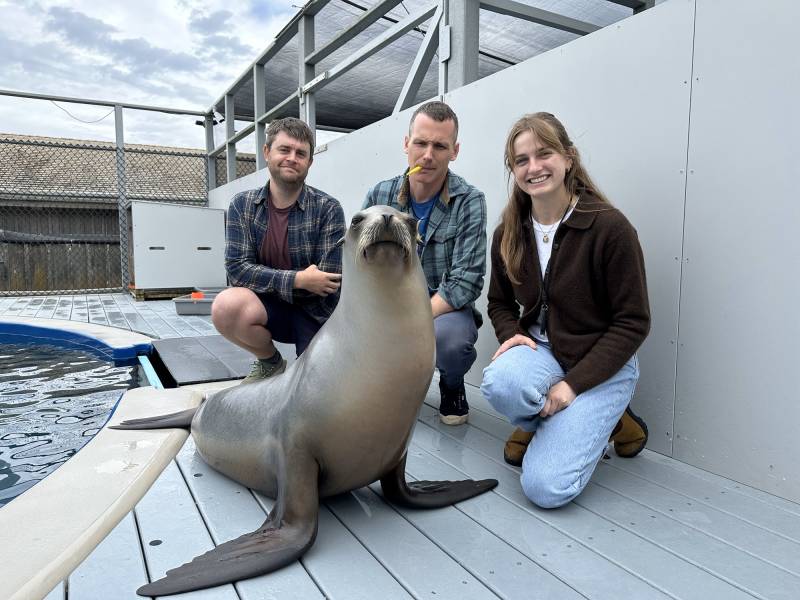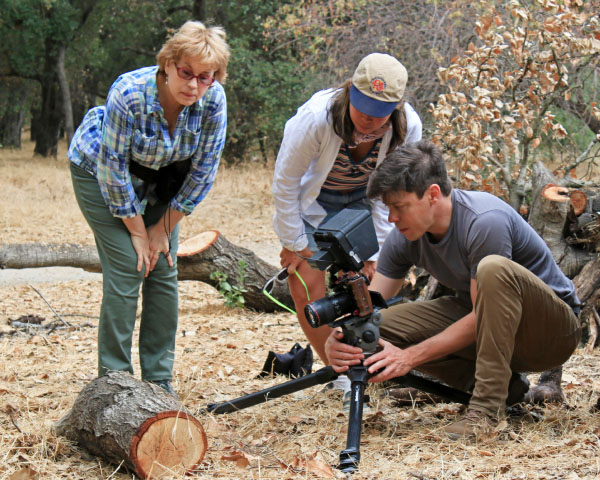If you remember Snowball the cockatoo grooving to the Backstreet Boys in 2007, you might also recall Ronan, the Santa Cruz sea lion who made headlines in 2013 for bobbing her head to the beat of “Boogie Wonderland.”
Well, Ronan, Bay Area’s beloved dancing sea lion, is back in the spotlight twelve years later — and she headbangs still with serious rhythm. In a new study, researchers found that Ronan can not only bob her head to a beat — she can do it with more precision than some humans.
Researchers are looking at how animals perceive and respond to musical elements like rhythm and beat in the growing scientific field of biomusicality. Ronan’s sense of rhythm helped scientists understand whether the ability to move to a beat is uniquely human or something other animals can do, too.


